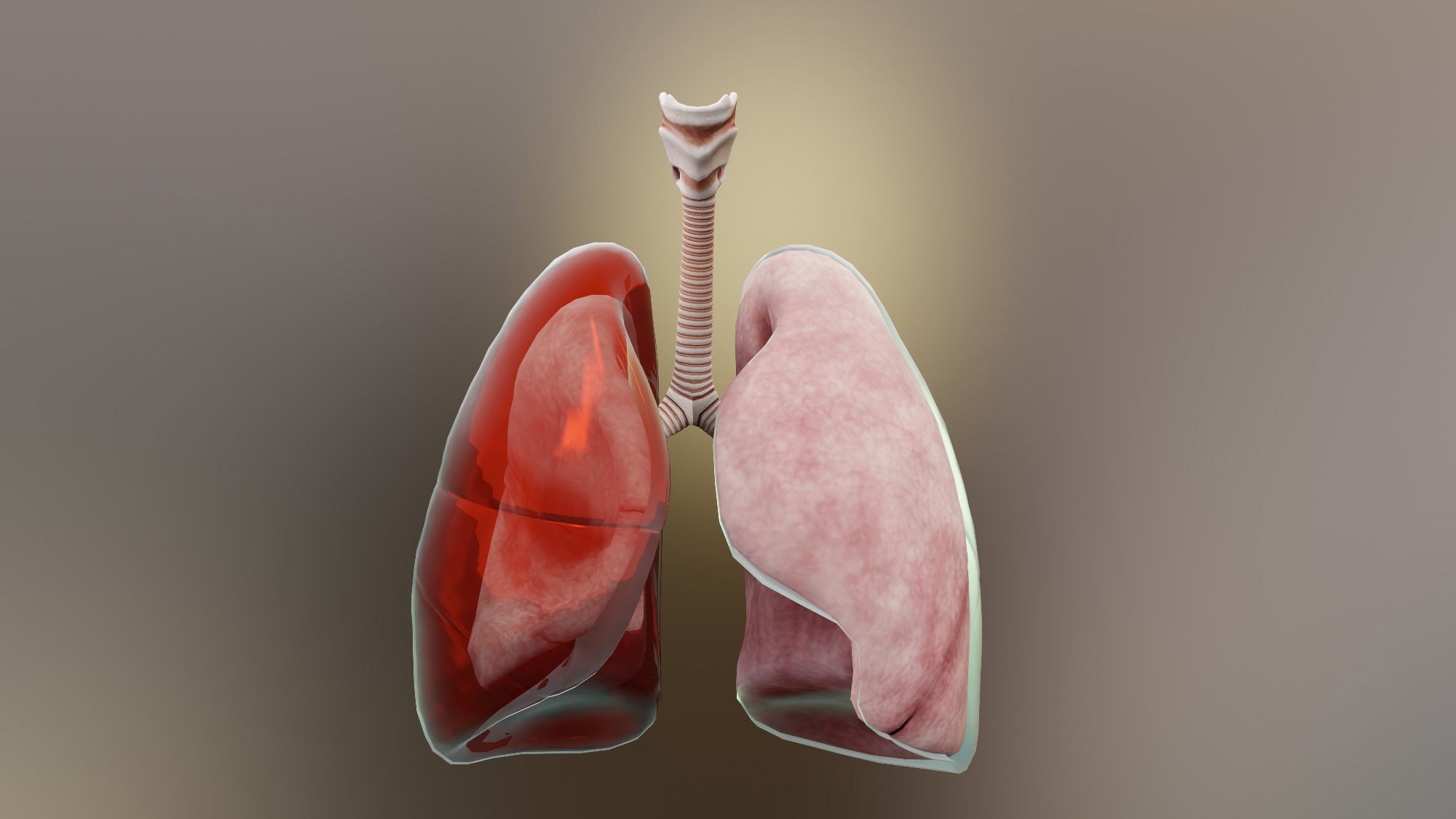The formation of empyema
Symptoms that are used as diagnostic factors for empyema
Reference
Further reading
Empyema is an exudative effusion (an excessive collection of protein-rich fluid) accompanied by pus in the pleural cavity.
The pleural space Is also known as the pleural cavity or intrapleural space and is defined as the space between the pleurae of the pleural sack that surrounds each lung.
The symptoms of empyema typically include general ill-health, unexplained fever, loss of appetite, and weight loss. If a lung infection is present, cough and dyspnoea (difficulty breathing, shortness of breath) may also be present.
An elevated white blood cell count may also be present, and respiratory failure may result if it persists.
 Image Credit: ALIOUIMA/Shutterstock.com
Image Credit: ALIOUIMA/Shutterstock.com
The formation of empyema
Empyema formation is divided into three stages: the executive, the fibrinopurulent, and the organizational stage. During the exudative phase, pleural fluid accumulates in the pleural space. This fluid is sterile and secondary to inflammation and increased permeability of the visceral pleura.
The second stage, stage 2 (fibrinopurulent), begins with the invasion by bacteria of the pleural space, and a hallmark feature of this is the deposition of fibrin on the visceral and parietal pleural membranes.
In this stage, fibrinous septae (thickenings due to structural alterations; fibrous septae form narrow, rigid bands that pull the surrounding tissue downwards), loculations (localized failure of the pleural space to drain fluids), and adhesions form.
The high metabolic activity of the bacteria in this region results in a drop in the pleural fluid glucose concentration and pH. In addition, the lysis of neutrophils causes an increase in lactate dehydrogenase levels.
If the infection continues, the empyema reaches the organized stage, stage 3, which is characterized by the formation of thick, non-elastic plural peel and dense fibrinous septations. This causes a condition called trapped lung, as these structures inhibit the expansion of the lung volume because of the proliferation of fibroblasts.
Empyema and Pleural Effusions
Symptoms that are used as diagnostic factors for empyema
The key diagnostic factors that cause suspicion of empyema include risk factors, including immunocompromised and comorbidities predisposing the individual to develop pneumonia. Moreover, pre-existing lung disease is a significant risk factor.
In the pleural space, Iatrogenic interventions, the causation of a disease, a harmful complication, or other ill-effects by any medical activity may increase the likelihood of empyema. Male sex and extremes of the age spectrum (very young or old) also predispose an individual to empyema.
The presentation of symptoms is referred to as subacute. Subacute denotes a short duration and implies that the onset was recent. Patients usually present with a one-to-two-week history of symptoms. Within this time frame, they exhibit signs of a productive cough. This is defined as a cough that produces green or rust-colored sputum.
This may also be present in pneumonia. In addition, patients may complain of chest pain when they inspire, a feature which occurs because of information about the parietal pleurae (the outermost of the pleural membranes, which are comprised of a single layer of flat cuboidal cells between 1 and 4 μm thick, supported by loose connective tissue which forms a lining for the chest cavity that contains the lungs).
Another hallmark of empyema is dyspnoea. This occurs in large pleural effusions; the patient may also be breathless if there is associated pneumonia.
Patients with anaerobic empyemas (those involving anaerobic bacterial infection) can present with a more indolent (slow progression does not pose an immediate threat to health), an illness characterized by weight loss, constitutional upset, and fatigue.
Constitutional upset refers to a group of symptoms that affect several systems in the body; they are non-specific and jeopardize the patient's sense of well-being.
The most cardinal symptoms include headache, pain, fatigue, loss of appetite, malaise, night sweats, and weight loss.
Reference
Further reading
Last Updated: Sep 12, 2023